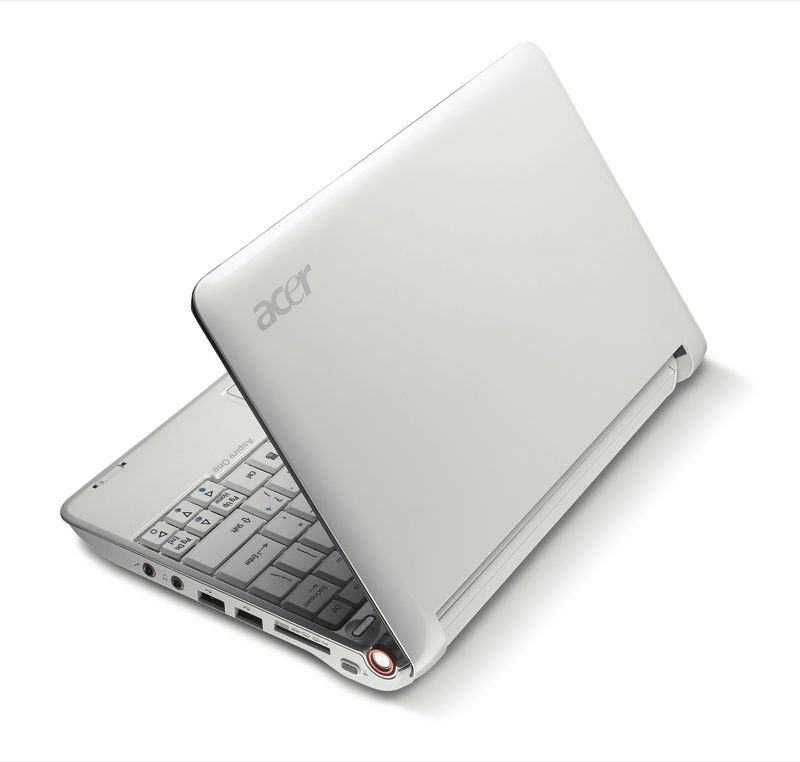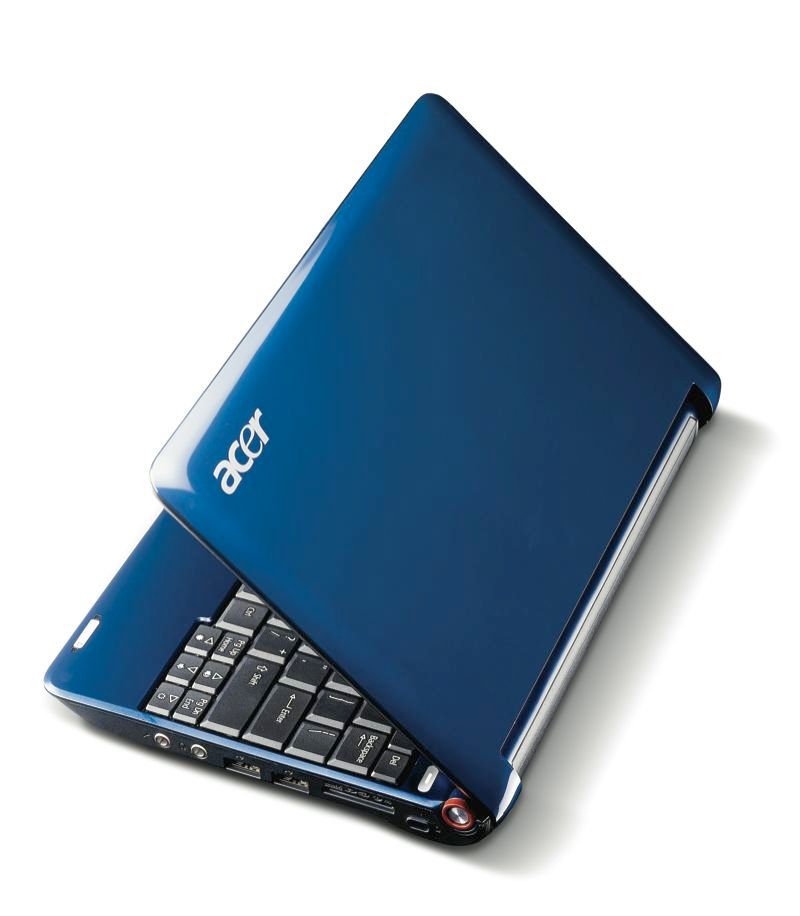We had a First Look at the Acer Aspire One at the launch - link below - but how does the One stand-up under closer scrutiny?
Our quick take
Acer has hit a great price point with the Aspire One and if your budget is tight it's an interesting machine to opt for. However, if Acer wants it to be seen as anything other than a mini-notebook it needs to quickly launch its connected version as this vanilla edition is only a success on the price point, lacking the usability and build quality we've come to expect from this market.

Acer Aspire One notebook - 3.0 / 5
| FOR | AGAINST |
|---|---|
|
|
Acer doesn't want the average user to think of its Aspire One as any other low-cost mini-notebook, they want you to think of it as an internet device. However, in this initial release you'll find connectivity is limited to Ethernet and Wi-Fi with real internet versions with 3G built-in due later in the year.
The hardware itself is attractive and Acer has certainly developed an eye-catching design. However, the build quality isn't as high as we've seen on the Eee PC or MSI Wind. There is sufficient protection to the lid but the main body feels cheap and the plastic used feels less than robust in the hand.
The screen has a wide bezel around it, which means the One is wider than we were expected. This has been done to fit a fairly decent sized keyboard. The build quality isn't that great but once you're accustomed to the size of the keys; it's fairly comfortable to use. The touchpad and oddly positioned mouse buttons are a different matter, as they feel poor and respond accordingly.
The One comes with a standard 3-cell battery pack, so don't expect all-day computing from this notebook. We managed to get a little over 2 hours from a full charge, which is slightly better than you'll get from the Eee PC 900.
With 8GB of NAND Flash memory onboard – that's the same memory as you'll find in your USB memory stick – storage is minimal but Acer has added a Secure Digital slot that can be used purely for adding more disc space.
There is also a secondary card reader for everyday use. However, instead of reading the SD card as a separate drive it adds it to the main memory block, which is fine as long as you don't intend to remove the card regularly.
Acer has taken the Linpus Lite Linux operating system and has created its own interface. This follows a similar theme to that seen on the Eee PC by splitting applications into task zones. So, we find Connect, Work, Fun and Files, which makes it easy to find specific programs as long as they are on the main page.
To see the full list of applications in Connect, for instance, you click on the small arrow and it opens in a fresh window. If you need to move to another zone you need to close this window rather than simply scroll to it. This constant opening and closing of windows is a little frustrating and while the interface initially looks well thought out, simply isn't as smooth as on the Eee PC.
The 8.9-inch screen is what we've come to expect from this class of machine with a 1024 x 600 pixel display but the interface doesn't fully utilise it, sitting in the middle of the screen with plenty of space around it. Acer has promised it will continue to develop the interface, which we feel it needs to as the current setup feels rather rushed.
That said, when you start to use the individual applications you'll find this machine responds well. Acer has added its own email client that allows to you collect email from six different accounts. It's a simple idea and seems to work well.
To recap
If you're strapped for cash it's a good compromise but it's the least effective mini-notebook to date

